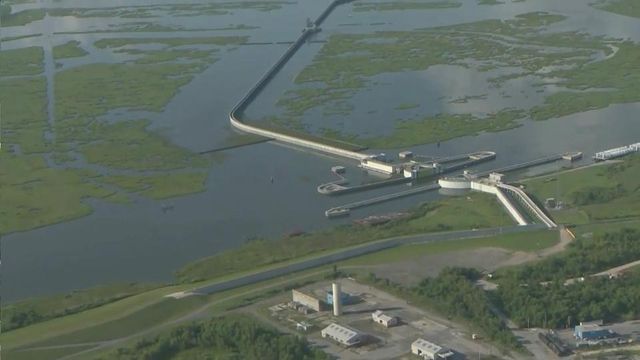Geologist's philosophy of hurricanes turned upside down after Katrina
When Michael Merritt moved to Baton Rouge in 2005, he never expected a hurricane.
Posted — UpdatedWhen Michael Merritt moved to Baton Rouge in 2005, he never expected a hurricane.
“I heard about hurricanes from people who lived near coasts, and I always thought tornadoes were pretty impressive,” he said.
“Thirty-two percent of the city flooded because of the ferocity of the storm overwhelming the defenses,” Merritt said. “But 48 percent of the city—to make a total of eighty percent—flooded because the levees that had been built couldn't perform up to their nameplate capacity.”
Within the last decade, Merritt and a team of experts have used modern technology to perform 60 construction projects in which they've monitored for gaps and weak points.
”Levee reaches are formed like a good log chain, one link at a time, and some links are stronger than others,” Merritt said. “The greatest thing we can do is find and strengthen the weak links before they're tested.”
Merritt said the levees were not rebuilt. Instead, he said it's more accurate to say the parts that failed were repaired.
• Credits
Copyright 2024 by Capitol Broadcasting Company. All rights reserved. This material may not be published, broadcast, rewritten or redistributed.





